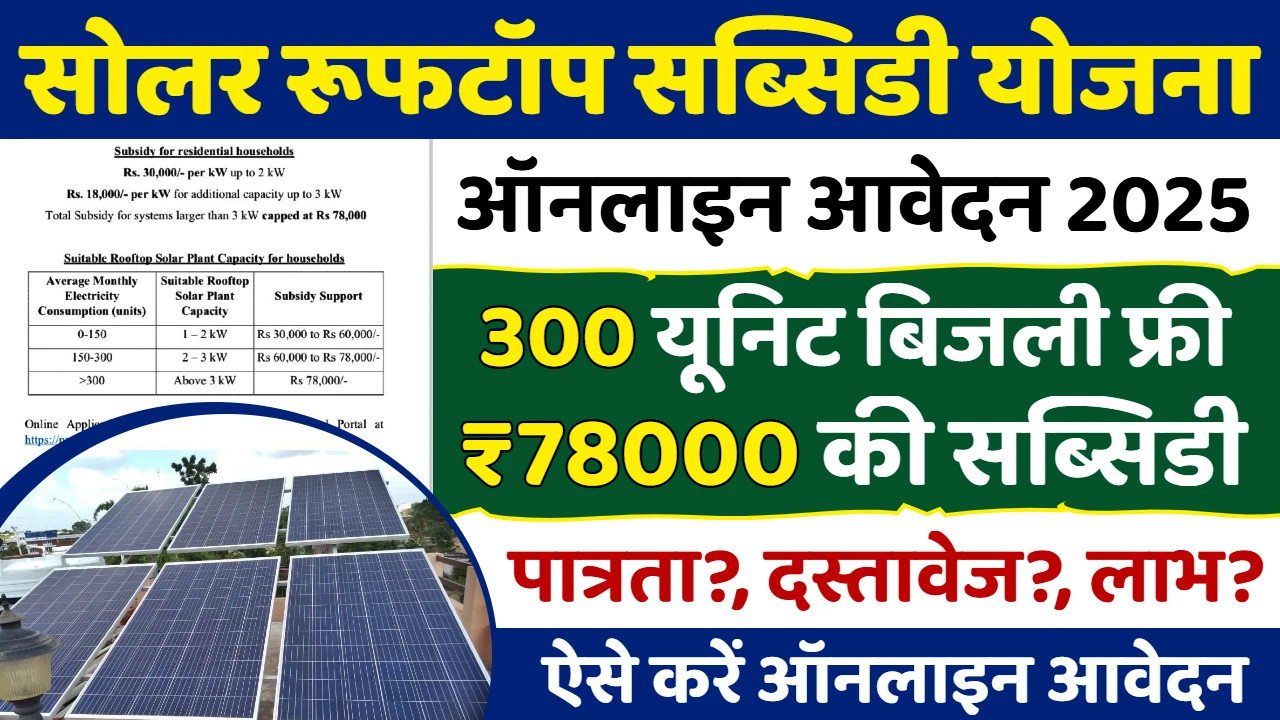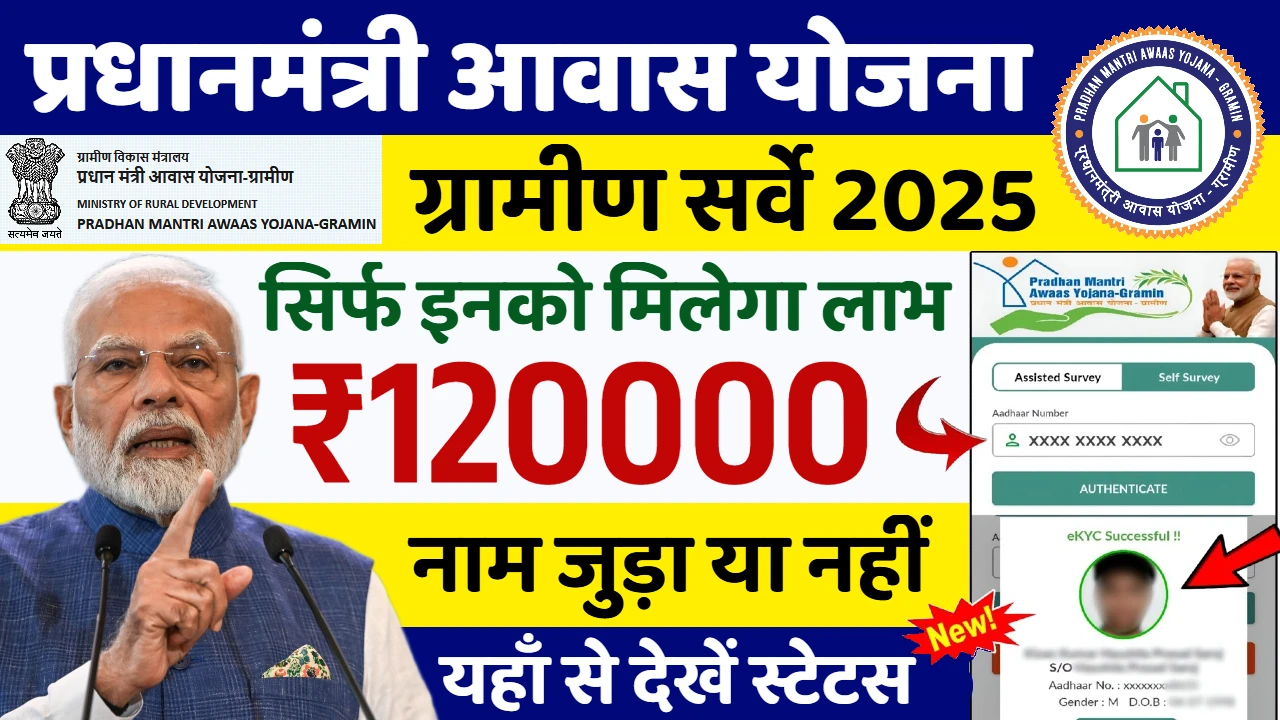The Indian stock market, particularly the Sensex, remains a pivotal focus for investors, both within India and globally. As we move through mid-2025, the market continues its dynamic evolution, shaped by a compelling mix of global economic shifts, domestic policy decisions, and corporate financial performance. Staying acutely informed about the latest trends and grasping the nuanced analysis behind them is paramount for making well-grounded investment choices.
Navigating the Current Market Landscape
As of July 2025, the Sensex has showcased remarkable resilience, demonstrating a robust performance through the first half of the year. Despite pockets of global market volatility, notably concerning geopolitical tensions and persistent trade uncertainties, India’s domestic market has largely maintained its upward trajectory. We’ve witnessed significant rallies, with the Sensex even surpassing the 84,000-point mark in late June, a level last observed in October 2024. This notable upward momentum has been substantially bolstered by consistent Foreign Institutional Investor (FII) inflows and robust, enthusiastic domestic retail participation.
However, the market is not entirely devoid of immediate challenges. Recent trading sessions have seen periods of consolidation and profit booking, particularly pronounced in sectors such as IT and telecom, as the market anticipates the upcoming Q1 earnings season. Major bellwethers like TCS, for example, are under close scrutiny, as their quarterly results often establish the prevailing sentiment for their respective industries. Furthermore, lingering concerns over US tariff policies and the progress of a potential US-India trade deal continue to foster a cautious sentiment among a segment of investors.
Key Drivers and Influencing Factors
Several powerful factors are actively dictating the Sensex’s path in 2025. Domestically, the Reserve Bank of India (RBI)’s monetary policy exerts a profound influence. With a significant 50 basis points reduction in the repo rate in June, bringing it to 5.50%, the RBI has signaled a decisively supportive stance, aimed at invigorating market sentiment and accelerating credit growth. This accommodative policy, when combined with consistent and substantial Systematic Investment Plan (SIP) contributions from a growing legion of retail investors, has significantly buttressed overall market confidence.
Government initiatives and strategic policies also provide a strong and sustained tailwind. Elevated government capital expenditure (capex), especially focused on critical infrastructure projects, continues to stimulate demand across sectors like capital goods and construction. The Union Budget 2025-26, for instance, was meticulously crafted to stimulate consumption through targeted tax relief measures for the middle class, which is widely expected to translate into improved performance for consumer-centric companies. Moreover, concerted efforts to unlock inherent value within Public Sector Undertakings (PSUs) through the monetization of subsidiary investments have injected fresh optimism into public sector banks.
On the global stage, the picture remains a mixed bag. While a gradual easing of geopolitical flashpoints in certain regions and a softer US dollar have encouraged foreign institutional capital inflows, other factors like potential US Federal Reserve interest rate adjustments and a rise in global trade protectionism could lead to capital outflow from emerging markets like India. Nevertheless, the Indian economy’s relatively inward-focused nature, powered by robust domestic demand, offers a considerable degree of insulation from these external headwinds, though global shifts always warrant vigilant monitoring.
Sectoral Performance and Investment Trends
Examining specific sectors, the first half of 2025 saw stellar performances primarily in large-cap shares, which have been instrumental in guiding the overall trajectory of Indian equities. The Oil & Gas sector has demonstrated notable strength, benefiting from more subdued crude prices and consistently robust domestic energy demand. Similarly, the metal and realty sectors have also displayed commendable resilience and delivered substantial gains.
Conversely, some sectors have experienced noticeable pressure. While showing fundamental strength in PSU banks, the broader financial and banking stocks have faced some degree of profit booking. The pharmaceutical and chemical sectors, particularly those with a significant export footprint, could encounter ongoing challenges stemming from US tariff discussions and the dynamic evolution of global trade parameters.
A critical trend demanding close observation is the performance of mid-cap and small-cap stocks. Following a period of correction, these segments have orchestrated a strong comeback, with the BSE Smallcap index registering significant gains in Q2 2025. This impressive recovery is largely attributable to improving corporate fundamentals and stronger domestic financial flows. However, market experts caution on valuations in certain pockets of the small and mid-cap space, underscoring the imperative for diligent stock selection based on robust fundamentals rather than solely on liquidity-driven rallies.
Outlook and Future Considerations
The outlook for the Sensex in the latter half of 2025 remains predominantly positive, though it mandates continued vigilance. Analysts widely anticipate sustained growth, propelled by a supportive liquidity environment, gradually declining policy interest rates, and expanding corporate earnings momentum. The Indian economy’s projected growth rate, expected to remain among the fastest globally, provides an exceptionally strong foundation for a comprehensive corporate earnings recovery.
Key triggers for the coming months will encompass the unfolding corporate earnings season, fresh macroeconomic data releases, and significant global policy announcements. The evolution of inflationary pressures and the RBI’s considered stance on any future interest rate adjustments will also be pivotal. Investors are strongly advised to concentrate on companies exhibiting robust fundamentals, clear and sustainable growth trajectories, and those strategically positioned to capitalize on India’s compelling structural growth narrative.
In summary, the Sensex in 2025 presents a remarkably dynamic landscape of growth and significant opportunity, anchored by formidable domestic factors and an ever-evolving global context. While market volatility is an intrinsic component of market dynamics, a well-informed and strategic approach, singularly focused on quality and long-term potential, remains of paramount importance.
Disclaimer: This article is provided for informational purposes only and should not be construed as financial advice. Investing in the stock market inherently involves risks, and all readers are strongly advised to consult with a qualified financial adviser before making any investment decisions.










